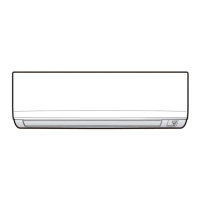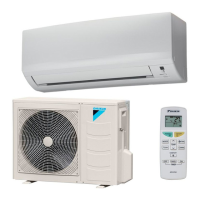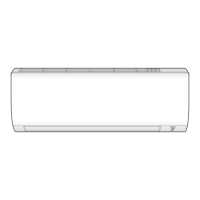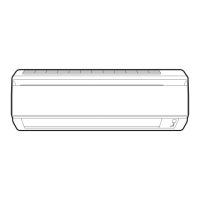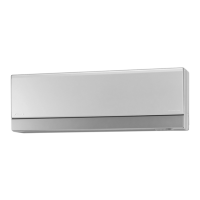What to do if the power cord of Daikin Air Conditioner is abnormally hot or damaged?
- CChelsea CookSep 5, 2025
If the power cord of your Daikin Air Conditioner is abnormally hot or damaged, it's recommended to immediately call the service shop.
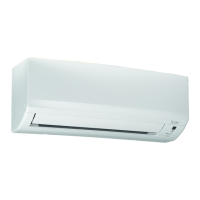
What to do if the power cord of Daikin Air Conditioner is abnormally hot or damaged?
If the power cord of your Daikin Air Conditioner is abnormally hot or damaged, it's recommended to immediately call the service shop.
What to do if a switch or a button often fails to work properly on Daikin ATXB25C2V1B?
If a switch or button on your Daikin Air Conditioner often fails to work properly, it's recommended to immediately call the service shop.
What to do if the safety breaker cuts off the operation of Daikin Air Conditioner frequently?
If the safety breaker, a fuse, or the earth leakage breaker cuts off the operation of your Daikin Air Conditioner frequently, it's recommended to immediately call the service shop.
What to do if abnormal functioning happens during Daikin ATXB25C2V1B Air Conditioner operation?
If you're experiencing an abnormal functioning during the operation of your Daikin Air Conditioner, turn the breaker off, then turn it back on, and try operating the air conditioner with the remote controller.
Why is a sound heard from Daikin ATXB25C2V1B?
The sound you hear in your Daikin Air Conditioner is generated because the refrigerant is flowing. Another possible cause is the pumping sound of water, which is heard when water is pumped out during cooling or drying operation. Also, this sound is generated when the flow of the refrigerant is switched over. This sound is generated when the size of the air conditioner slightly expands or shrinks as a result of temperature changes. This sound is generated when the refrigerant control valves or the electrical parts operate. This sound is heard from the inside of the air conditioner when the exhaust fan is activated while the room doors are closed, in that case open the window or turn off the exhaust fan.
Why does mist come out of the indoor unit of Daikin Air Conditioner?
If mist comes out of the indoor unit of your Daikin Air Conditioner, this happens when the air in the room is cooled into mist by the cold airflow during COOL operation. Also, this is because the air in the room is cooled by the heat exchanger and becomes mist during defrosting operation.
| Brand | Daikin |
|---|---|
| Model | ATXB25C2V1B |
| Category | Air Conditioner |
| Language | English |
Essential safety instructions to prevent injury, property damage, fire, and electric shock, including specific warnings and cautions.
Advice on installation sites, electrical work, and system relocation for safe operation.
Identification and description of parts on the indoor unit.
Identification and description of parts on the outdoor unit.
Identification and description of buttons and features on the remote controller.
Instructions for setting batteries, operating, and mounting the remote controller.
Steps to turn on the breaker and tips for energy saving during operation.
How to start, stop, and change temperature for AUTO, DRY, COOL, HEAT, FAN modes.
Instructions for changing fan speed and important notes for various operation modes.
How to set the airflow to swing automatically or to a desired position.
Manual adjustment of vertical louvers and notes on flap swing ranges in different modes.
Instructions for activating, deactivating, and understanding the comfort airflow feature.
Steps to use powerful operation for maximum effect and details on its limitations.
Instructions for efficient power consumption and notes on its functionality.
How to set and cancel the timer for automatic shut-off, including night set mode.
Instructions for setting ON timer, cancelling timers, and combining ON/OFF timers.
Basic cleaning instructions for the indoor unit, including front panel maintenance.
Procedures for cleaning and maintaining air filters, including the air purifying filter.
Guidance on checking unit condition, drainage, and preparing for long idle periods.
Advice on periodical maintenance and details on the refrigerant used.
Covers flap movement, heat operation, startup delays, and various operational sounds.
Addresses outdoor unit emissions, sudden stops, no operation, poor cooling/heating, and mist.
Solutions for remote controller malfunction, poor cooling/heating, and indoor unit odours.
Critical safety warnings, post-power failure behavior, and product disposal guidelines.
Explains how to access and interpret error codes displayed by the remote controller.
